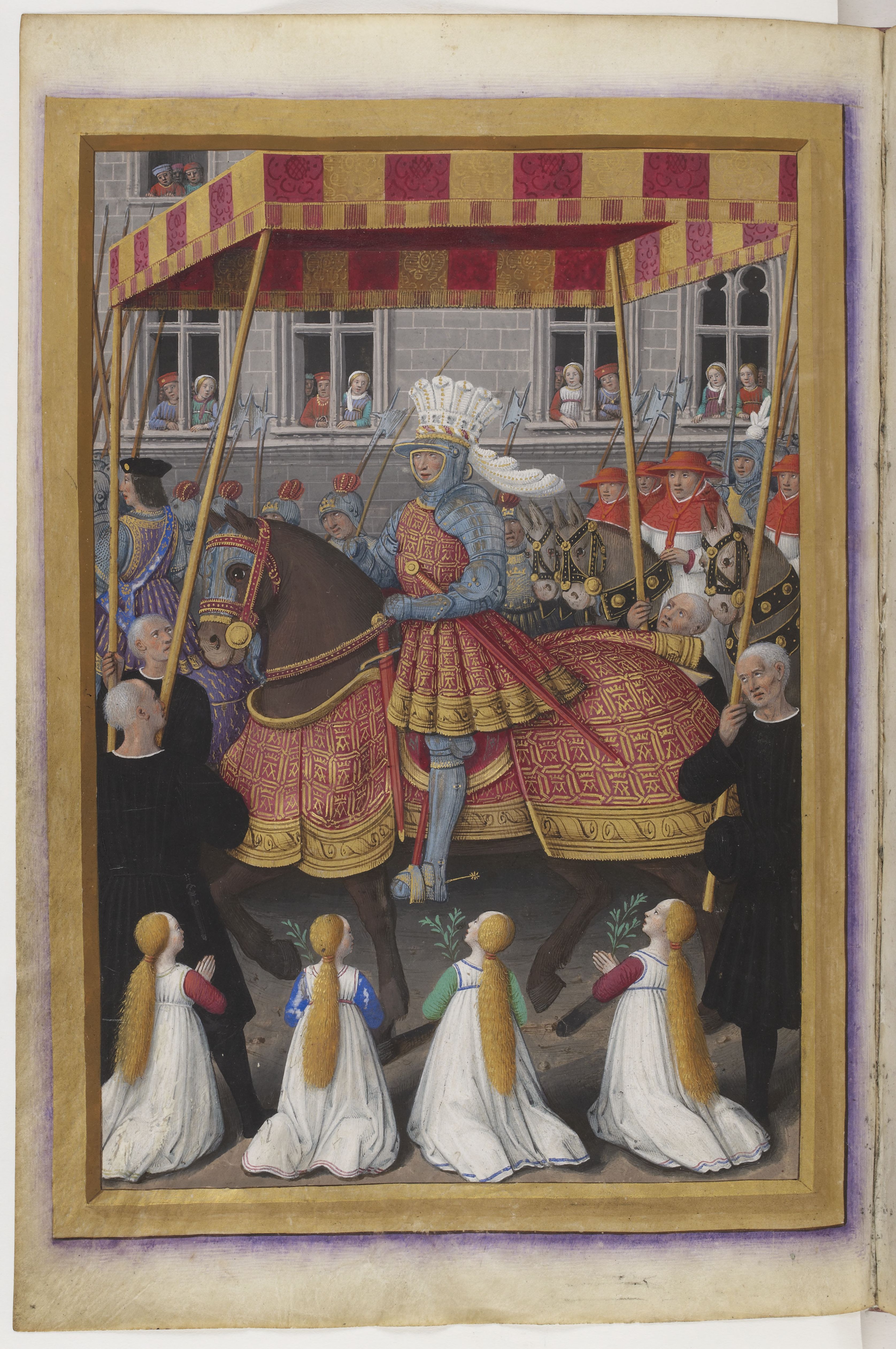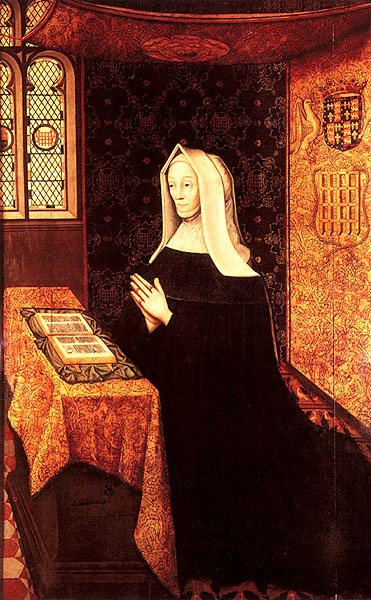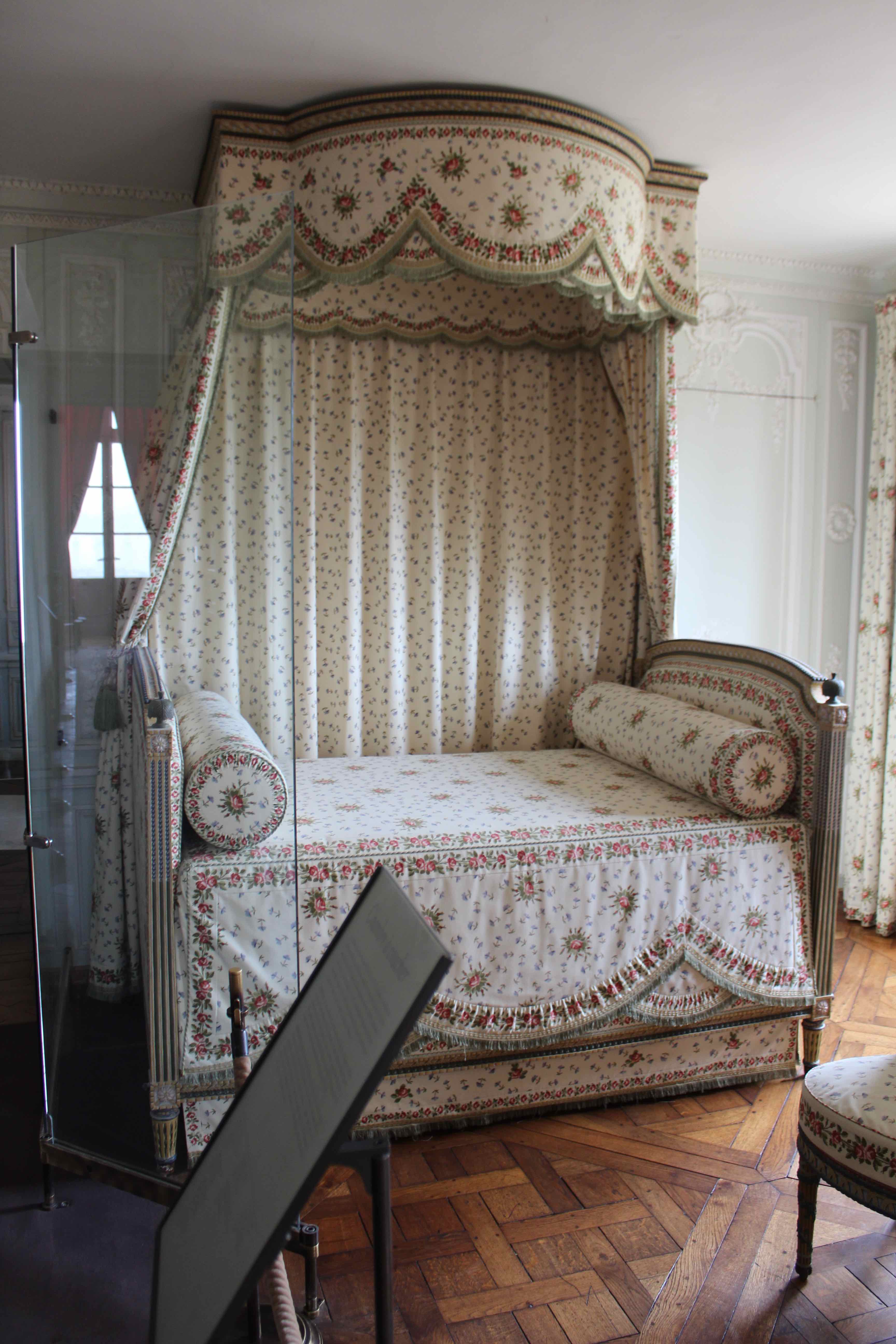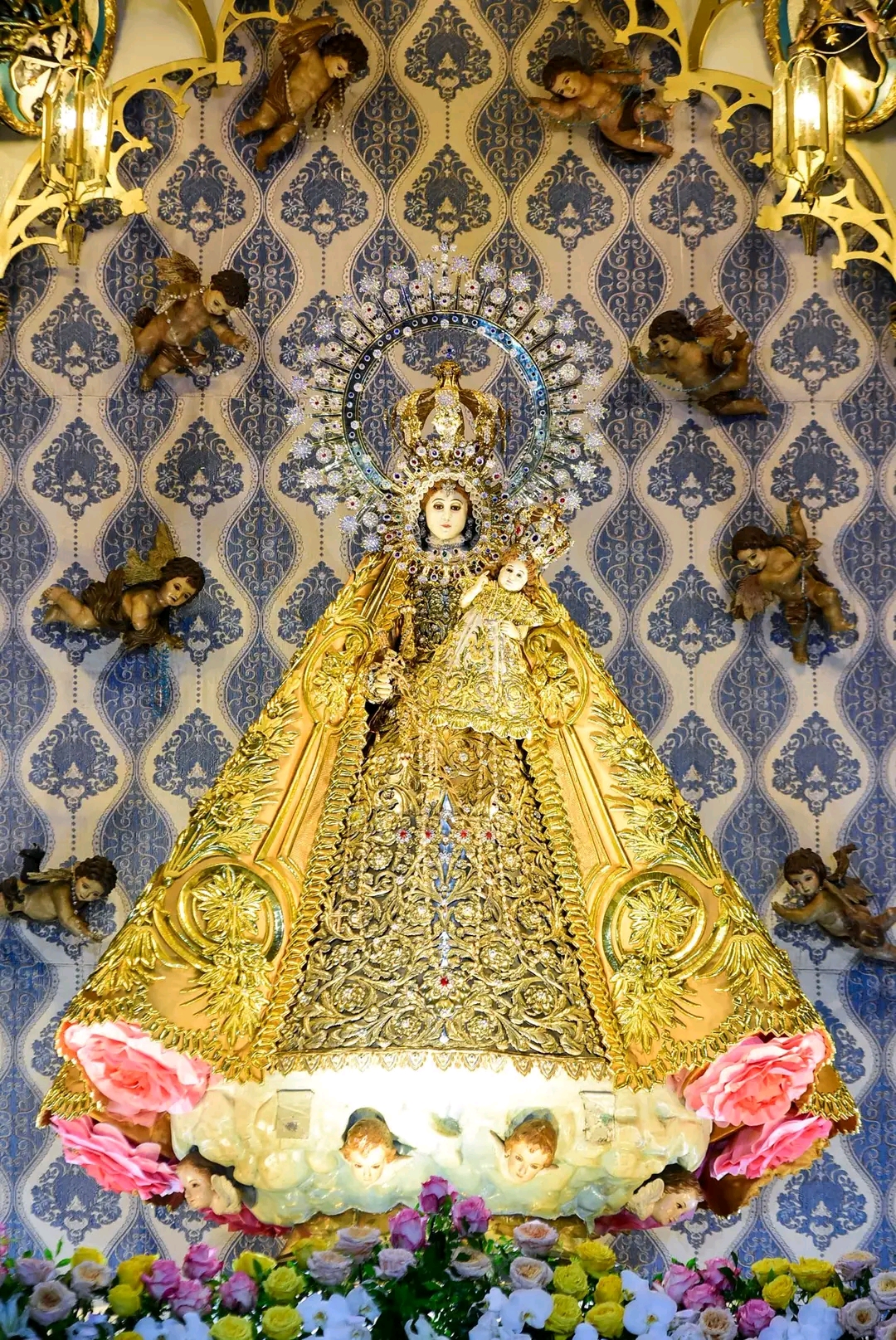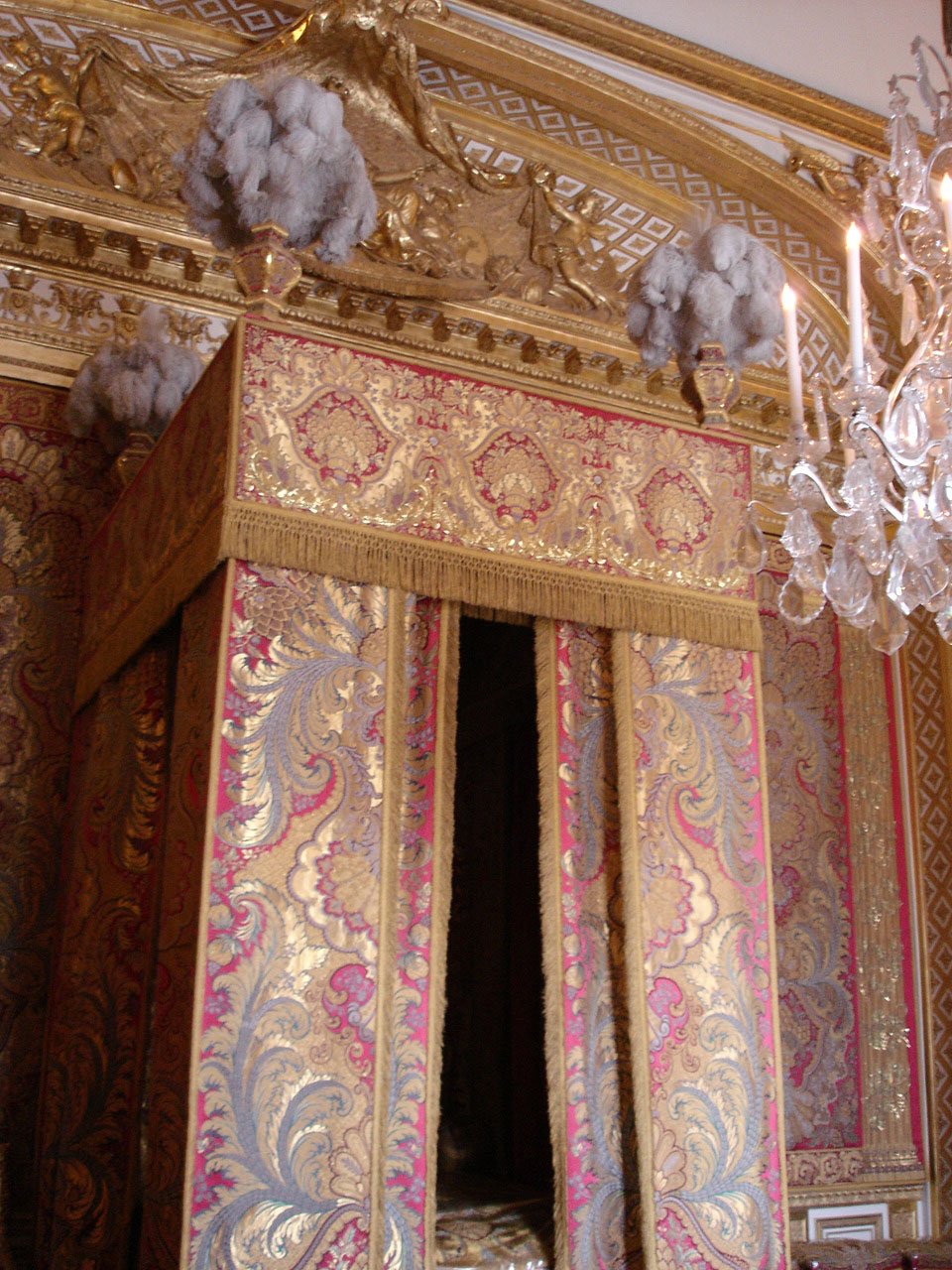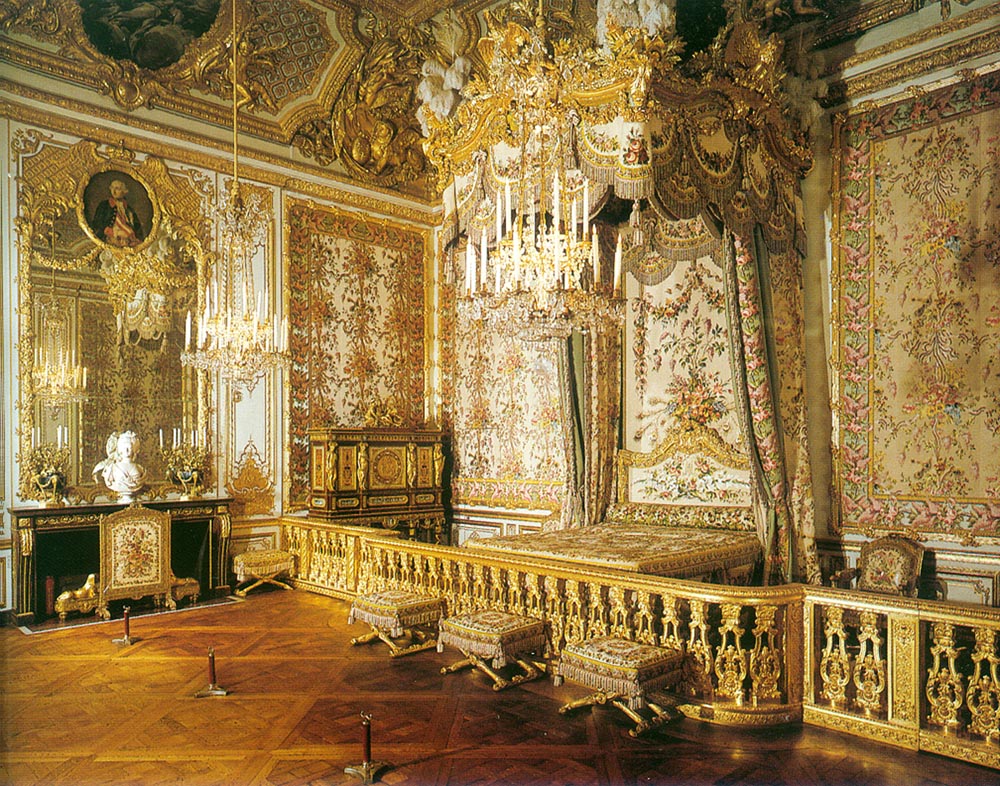Baldachins (Architecture)
Enlarge text Shrink text- Work cat.: Filgueira Valverde, J. Baldaquinos gallegos, 1987.
- Cath. encyc.
- Dict. arch. & constr.
- Web. 3.
A baldachin, or baldaquin (from Italian: baldacchino), is a canopy of state typically placed over an altar or throne. It had its beginnings as a cloth canopy, but in other cases it is a sturdy, permanent architectural feature, particularly over high altars in cathedrals, where such a structure is more correctly called a ciborium when it is sufficiently architectural in form. Baldachins are often supported on columns, especially when they are disconnected from an enclosing wall. A cloth of honour or cloth of estate is a simpler cloth hanging vertically behind the throne, usually continuing to form a canopy. It can also be used for similar canopies in interior design, for example above beds, and for processional canopies used in formal state ceremonies such as coronations, held up by four or more men with poles attached to the corners of the cloth. "Baldachin" was originally a luxurious type of cloth from Baghdad, from which name the word is ultimately derived, appearing in English as "baudekin" and other spellings. Matthew Paris records that Henry III of England wore a robe "de preciosissimo baldekino" at a ceremony at Westminster Abbey in 1247. The word for the cloth became the word for the ceremonial canopies made from the cloth.
Read more on Wikipedia >
 Topic
Topic


.png)


